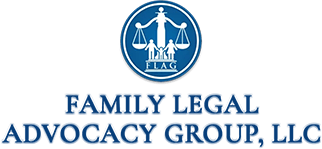The Maryland State Board of Education has built a new school accountability system that will require a lower student pass rate on standardized tests for low-performing schools than high-performing ones.
Under the new system, a school that has only 10 percent of its students passing the statewide tests in 2017 will be required to have at least 55 percent of its students passing the tests by 2030. Meanwhile, a school with 60 percent of its students passing the tests this year will be required to have 80 percent passing by 2030.
The practical result of the differing standards is that there will be less pressure to pass the tests on low-income, minority students who are more likely to be in low-performing schools. At the same time, a larger percentage of more affluent students in high-performing schools will be expected to pass.
Over the past year and a half, state school board members have wrestled with how high to set these targets. Under No Child Left Behind, the federal accountability law of 2001, all schools were expected to have 100 percent of their children passing the tests by 2014, a goal that nearly all educators and lawmakers agreed was unreachable.
When the federal Every Student Succeeds Act was passed by Congress in 2015 to replace No Child Left Behind, the state school board began building a new system for grading schools. That new accountability plan will be filed in mid-September with the U.S. Department of Education, which must approve it. The plan takes effect this school year, which begins Tuesday.
State school board members didn’t want to repeat the mistakes of the past and set unreasonable goals but wanted targets that would encourage schools to set high expectations for students.
“We want to be as ambitious as possible,” said board president Andrew Smarick.
In hearings around the state, though, many parents and teachers said they didn’t want an impossible goal that would just deflate students and teachers. Schools rarely have been able to make more than a several percentage point improvement on standardized tests each year for a number of years. So even the targets for low-performing schools will be difficult for them to meet, Smarick said.


